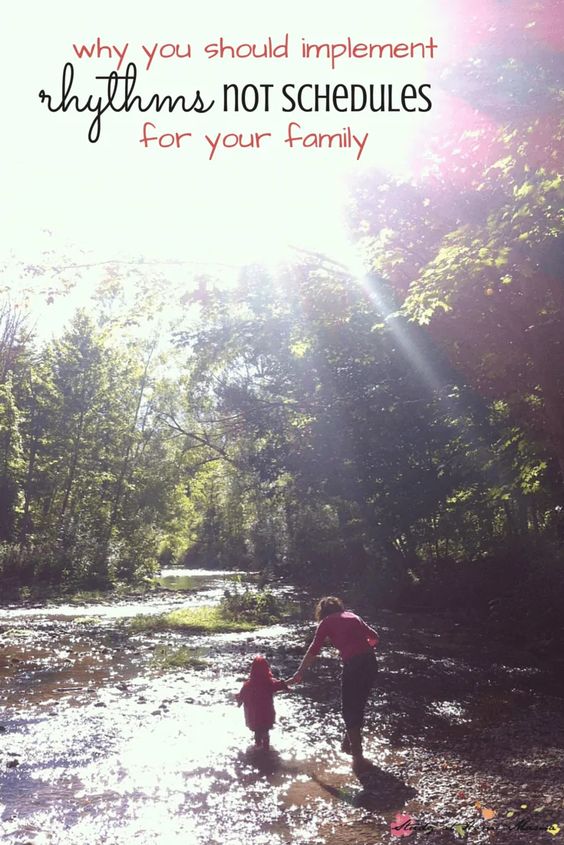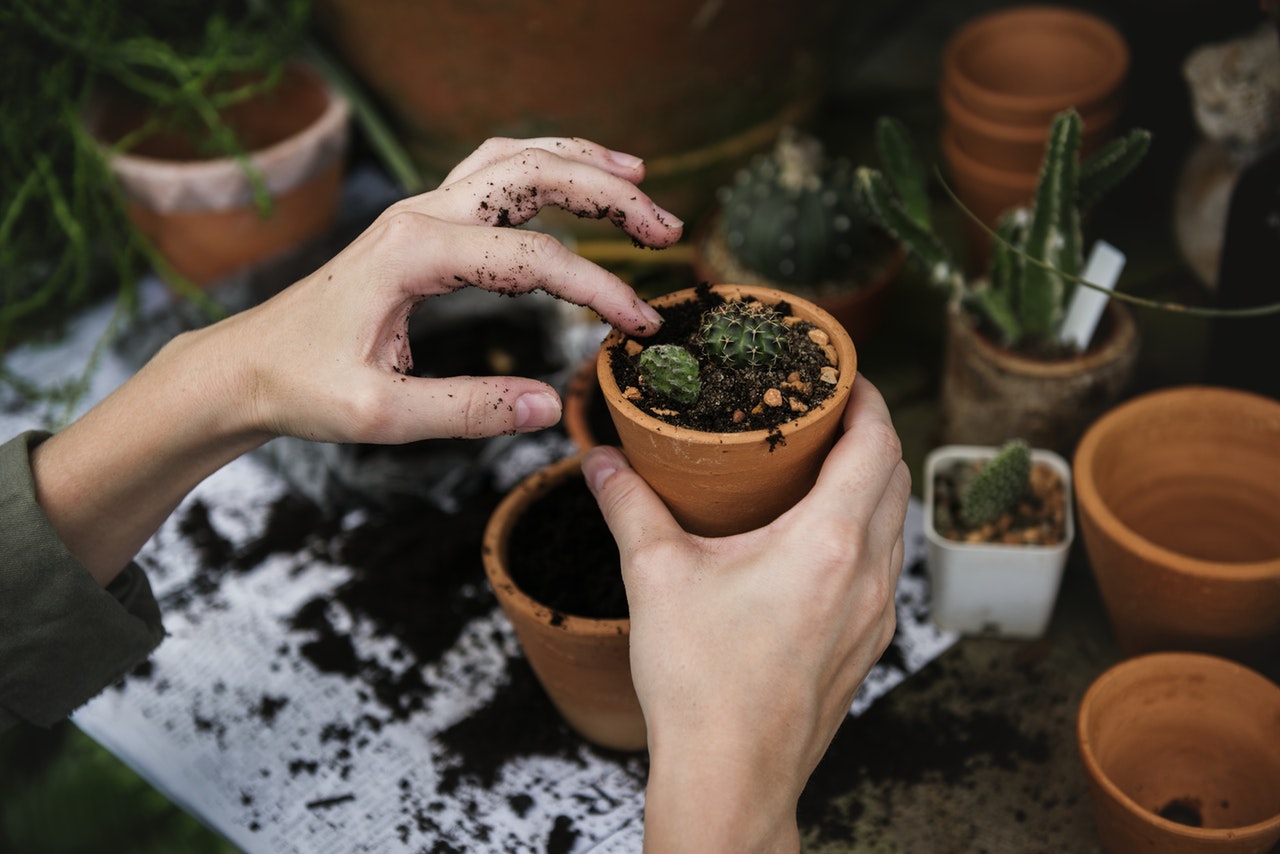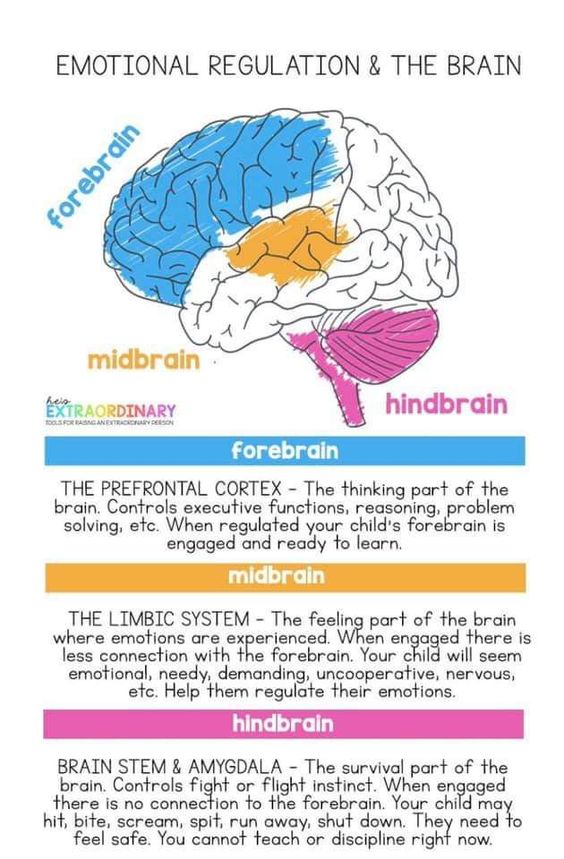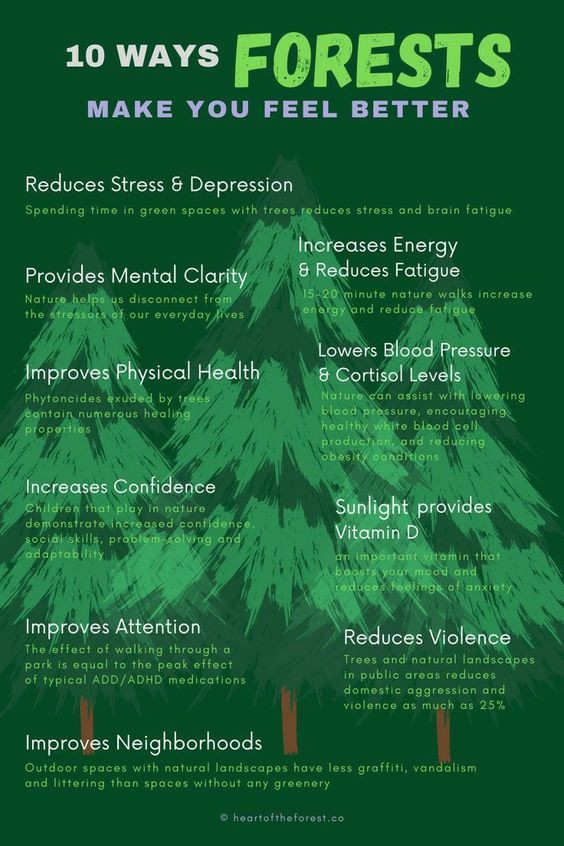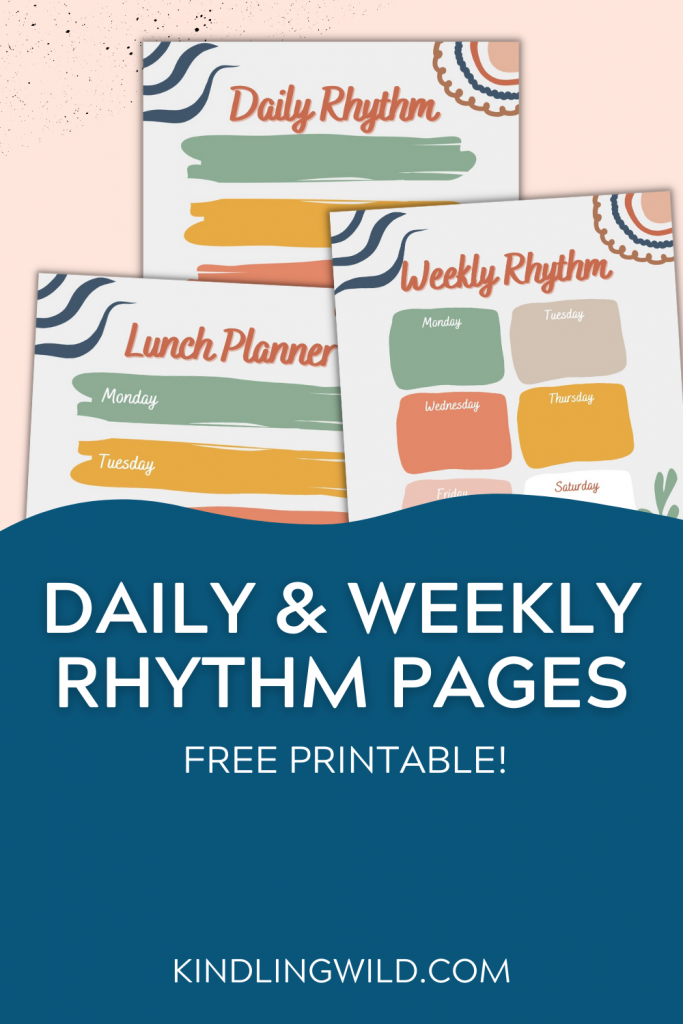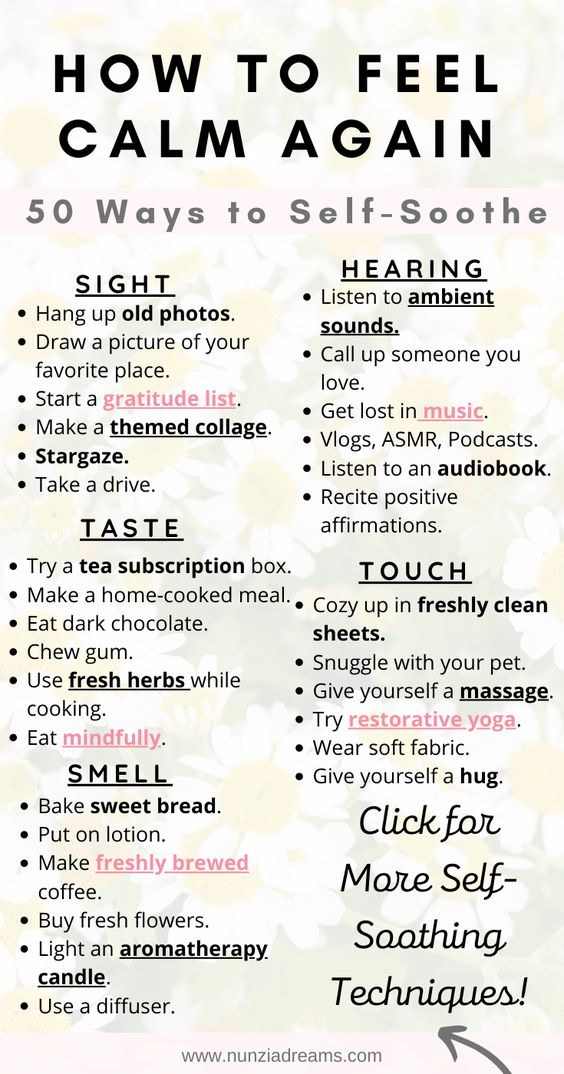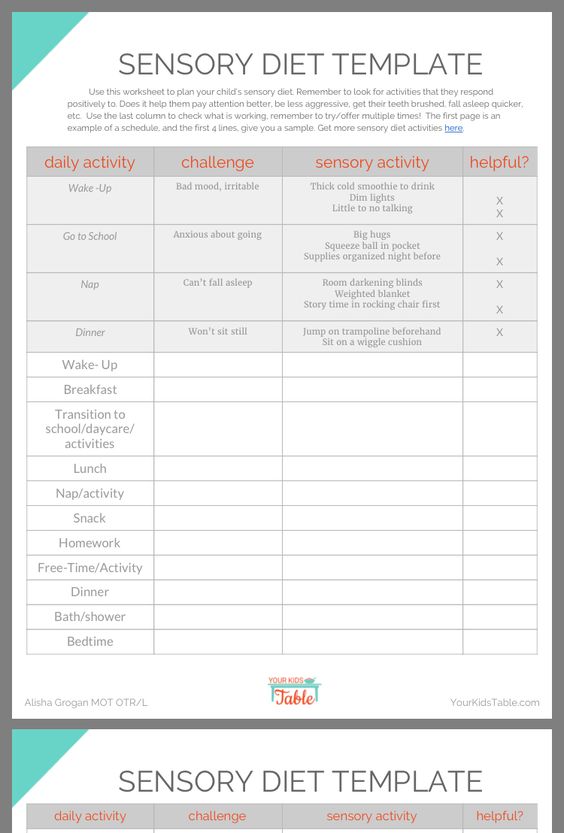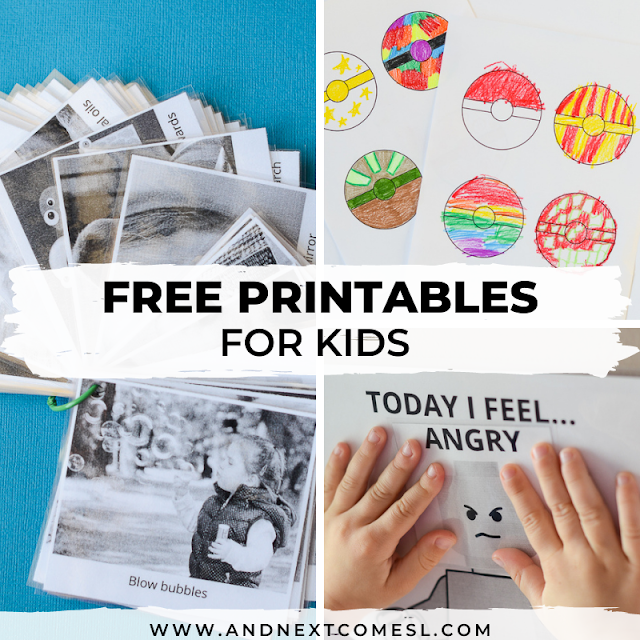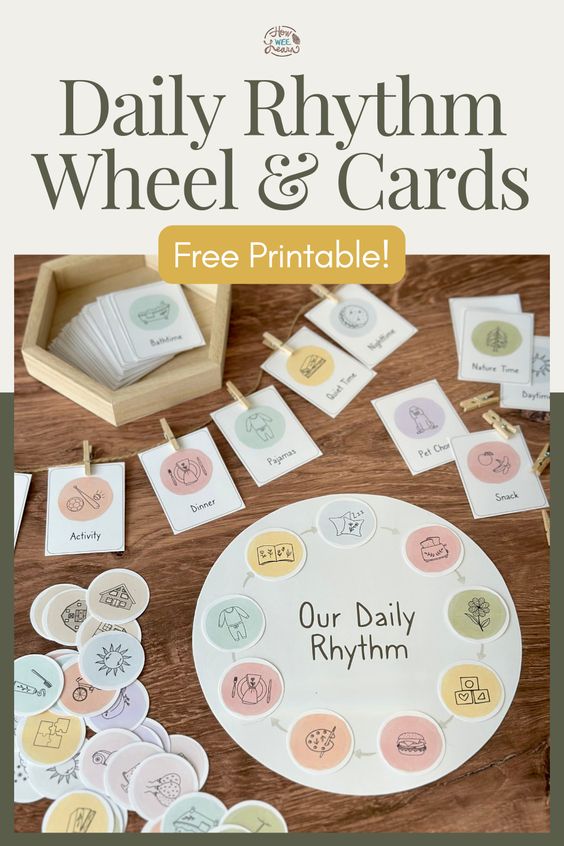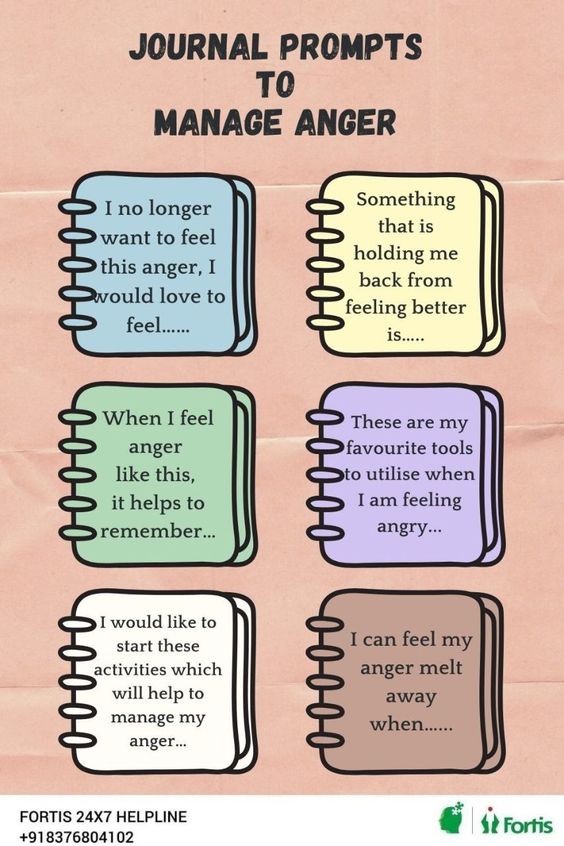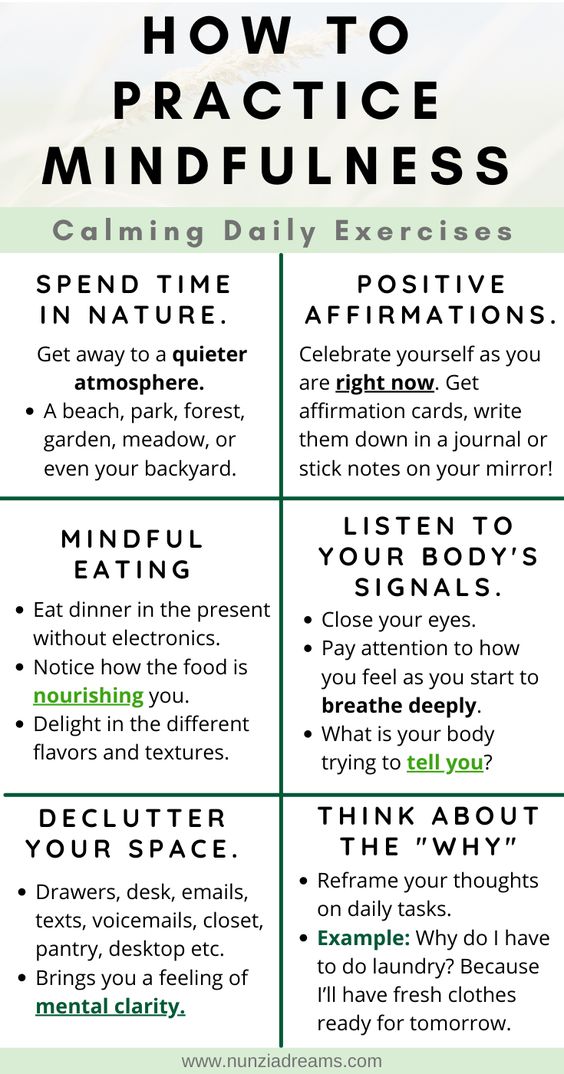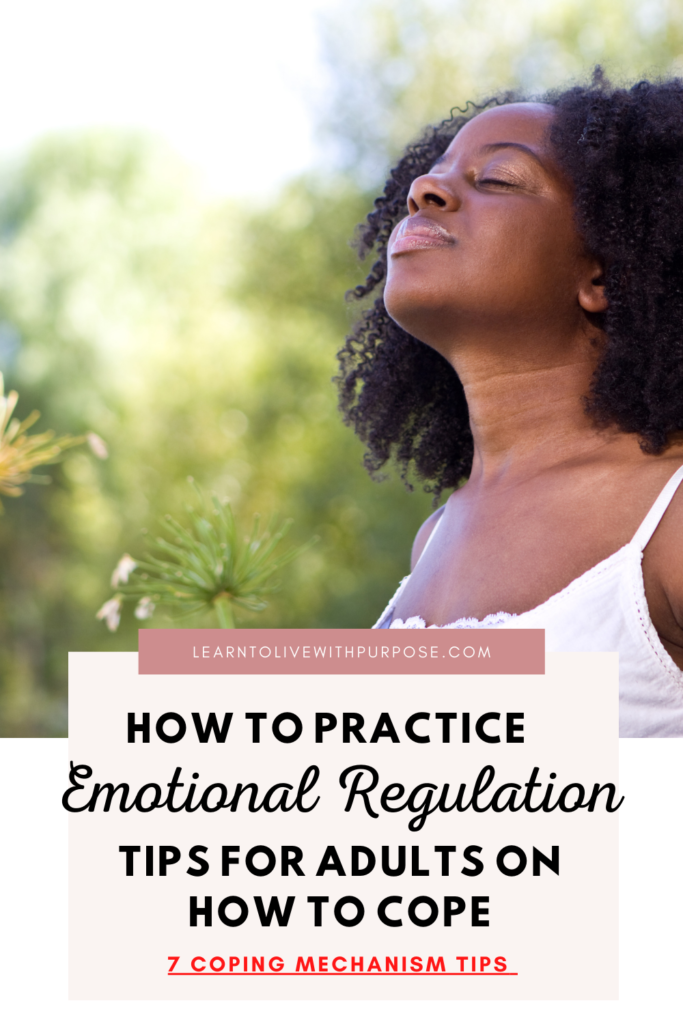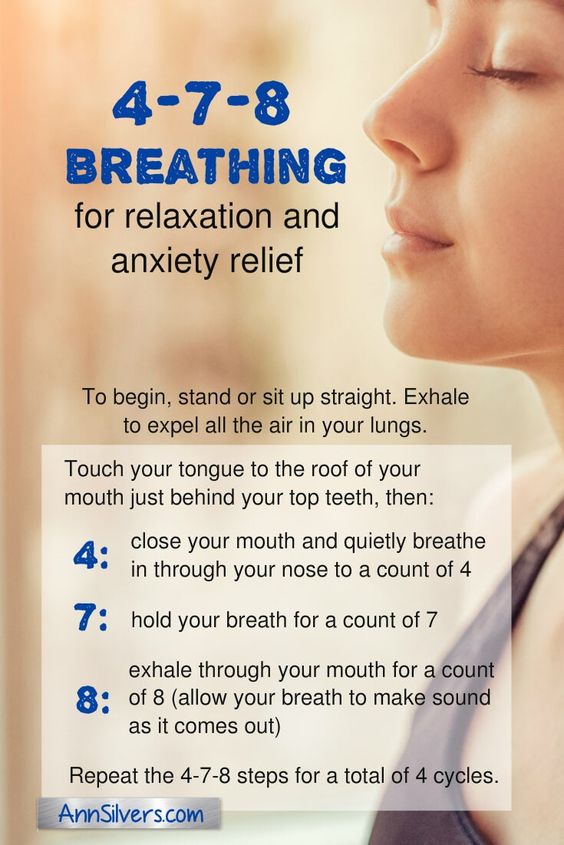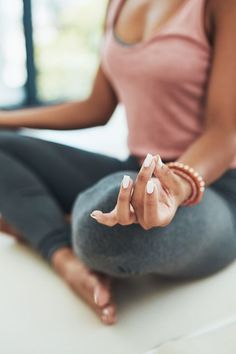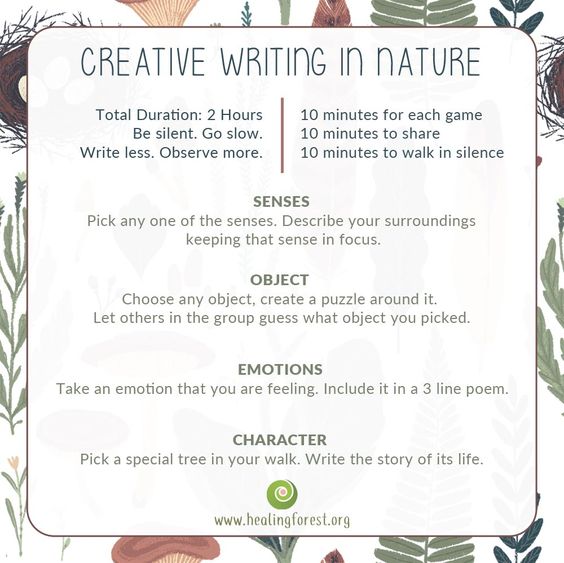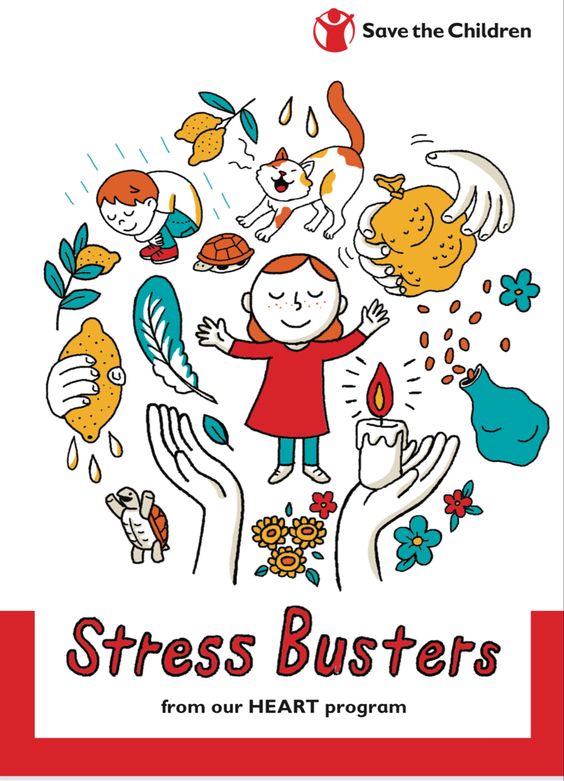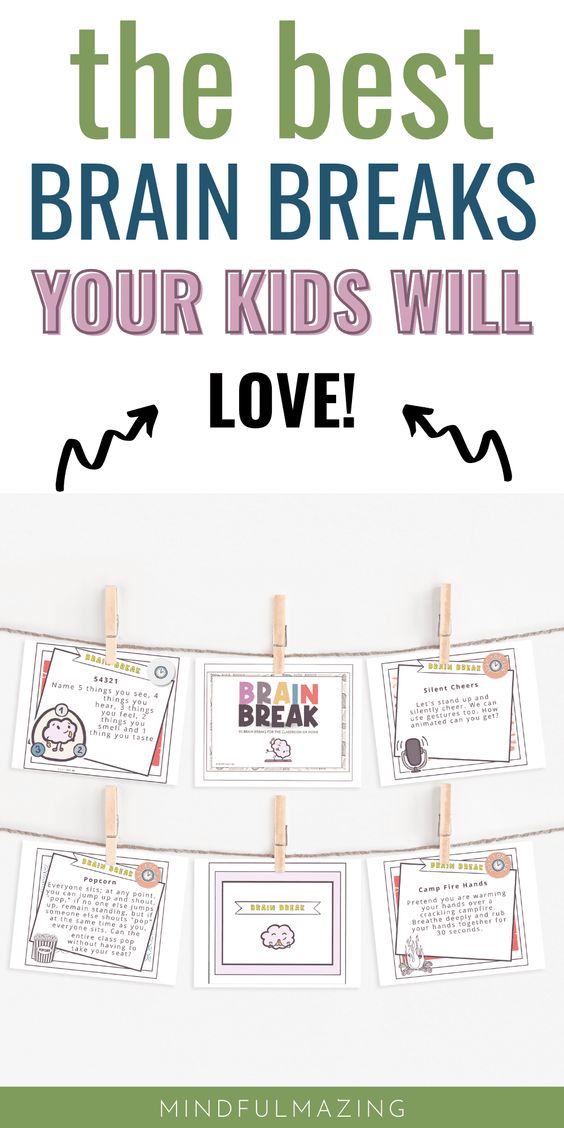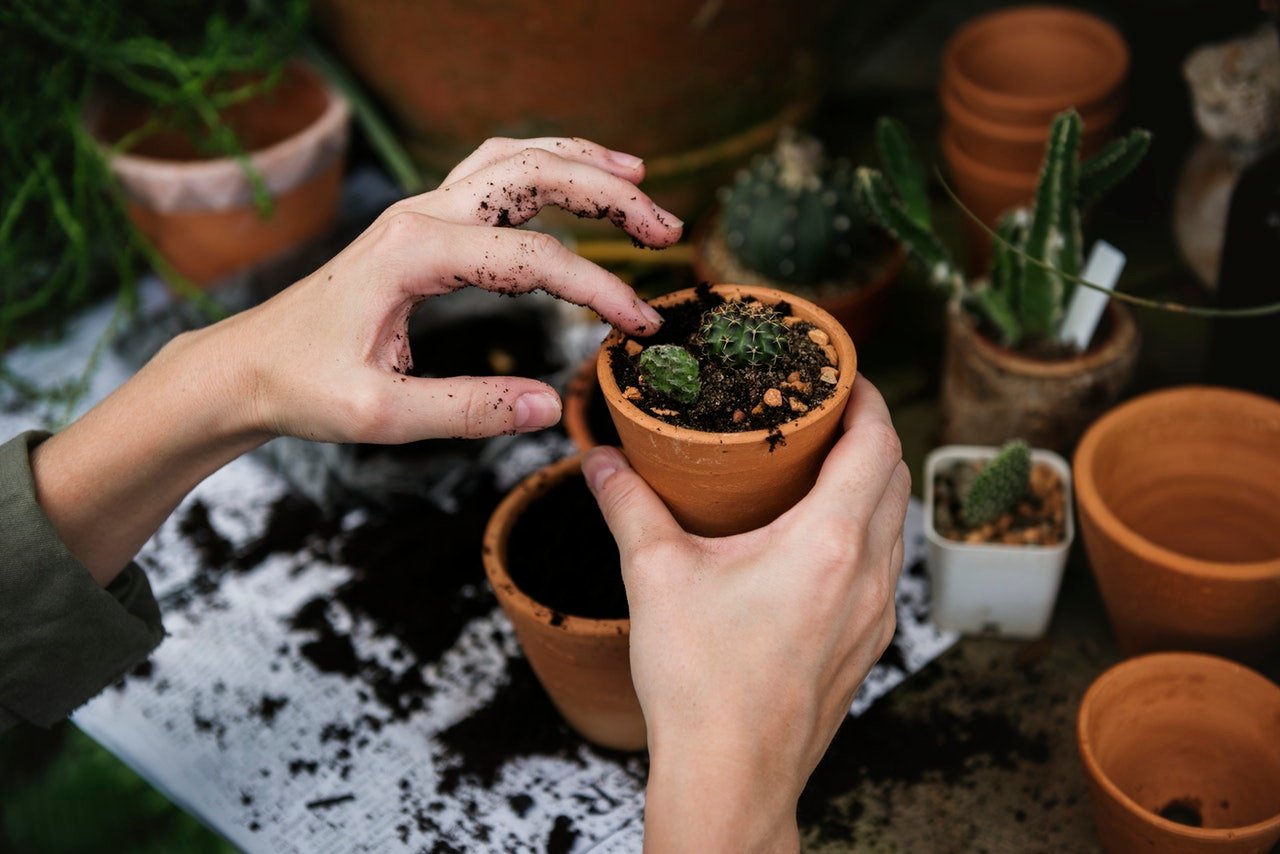EMOTIONAL REGULATION IS NOT EMOTIONAL SUPPRESSION
I’ve talked a few times before about emotional regulation and how it can be a struggle for autistic people. It’s an important skill to learn and a big part of emotional maturity. But often, NTs(or Neurotypicals) around us will make us feel like any display of emotion (especially negative emotions) qualifies as dysregulation. This is another form of gaslighting. There is a difference between emotional regulation and emotional suppression.
I think it’s the weirdest thing that some NTs will tell autistic people that we shouldn’t show our feelings because we’re “too much” or “overreacting” and then, when we’ve learned to suppress our emotions, turn around and call us unfeeling robots.
You can feel your feelings and still be emotionally regulated.
You can even show your feelings while still being emotionally regulated.
Emotional regulation means having a handle on your emotions rather than letting them overwhelm you. If you are well-regulated, you feel the full range of human emotions, but none of them take over or incapacitate you. And a well-regulated emotional response is in proportion to whatever is going on.
That last line is part of why autistic people can seem inherently dysregulated – we’re intense! NTs often don’t get this because they think we’re reacting to small things; they don’t understand that what is small to them can be huge to us. The world is intense to us, therefore our reactions are intense as well. That’s not dysregulation, despite the fact that it can be off-putting to people. It’s actually very much in proportion.
The key, as I’ve come to understand it, is to make sure that you are the one in control of your emotions, not the other way around. And the only way to do that is to practice feeling your feelings.
This took me years to work out and I still have to fight to not be overwhelmed by my feelings sometimes, especially my anxiety, which can be literally paralyzing.
What I’ve figured out is that my feelings live just beneath the surface. Scratch me and you’re going to get a burst of whatever I’m feeling at the moment, be that joy, goofiness, sadness, abandonment, love, depression, or whatever. And sometimes, stuff just bubbles up to the surface and I need to FEEL THAT FEELING RIGHT THEN. If I just go with it and spend a little time with the depression that pops up in the middle of an otherwise great day, it burns itself out after a bit and I can go back to having that great day. It might take two minutes, it might take two hours, but I need to go ahead and just ride that emotional tide back to the shore where I can get settled again so that I can go on with my life.
The important part is that I don’t let that depression take over. I feel it, without fighting it, and then I remind myself that I was having a good day before this bubbled up and I’d like to get back to enjoying it. Kind of like in meditation where they tell you to “just notice your thoughts without judgement”. I allow myself to feel it. But I don’t let myself lash out at other people – that’s never ok. Instead of going into a crying fit, yelling at people around me about how bad everything is, or blaming them, I can tell them I need a minute and excuse myself or let them know that I’m dealing with a bit of sadness that just came up and I could use some support. Depending on who’s around me, support can make it all go more quickly. This practice helps me not get overwhelmed by my emotions.
Here’s what emotional regulation is NOT:
Healthy emotional regulation is NOT an absence of emotion. It’s not never showing your emotions. It’s not always putting on a happy face in public and only crying or being angry behind closed doors. That’s suppressing your emotions.
Emotional suppression seems to be what many NTs want from autistics. They seem to feel that all our feelings, intense as they are, are “overreactions” or “out of control” and the only way they feel like we’re “in control” is if we don’t show any emotions at all.
That’s unhealthy.
I spent a lot of my life holding everything in and never letting anyone see my feelings because I had been taught that if I showed any emotion, I was “taking on” or “throwing a fit”. Parents and teachers disciplined me for it. Romantic partners constantly told me to “calm down” whether I was upset or excited. Because of this, I never learned to actually handle my emotions. If you never feel them, you can’t learn to control them – it takes practice. It took years of therapy and work for me to learn to feel my feelings.
And when I feel my feelings when they happen, without taking them out on others, it turns out that I CAN de-escalate, self-regulate, and be ok. When I feel my feelings instead of locking them up, it turns out that they’re manageable, not monsters.
All that suppression, all that thinking I was bad for feeling how I felt, had a lot to do with why I used to explode and get my emotional debris all over everyone around me. I had no control because I had no experience dealing with my emotions.
Healthy emotional regulation comes from experiencing your feelings, not from shutting them down or bottling them up. The best thing you can do to improve your regulation is to practice feeling your feelings (with professional help if you need it) and not letting them hurt others. It can be scary, but you’re strong and you can handle it. You are allowed to feel all of your feelings and don’t let anyone tell you otherwise.
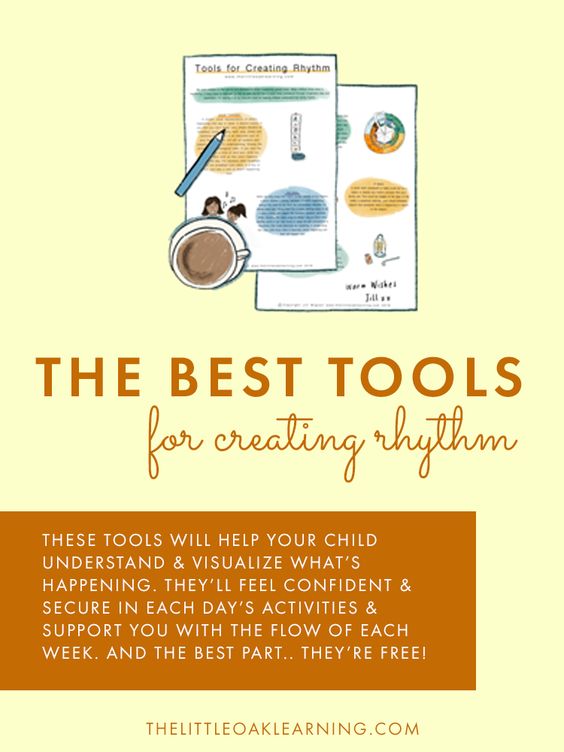
Creating Your Own Rhythm Charts
A Tool For Harmonious Living
Rhythm doesn’t have to be this mysterious thing that we find ourselves searching for, and yet we’re not even sure how it looks. Rhythm doesn’t need to be out of our reach. In fact, it’s something we all already have. I’m here to encourage you to notice the rhythm you already have and use it as the foundation for building the family life (or adult life) that you want.
It can include your sensory delights or diet and/or journaling. It can include your peace plan or path for daily living. It can even include ways to refill your emotional cup or bucket for stressful times in your day. (The bucket represents your mental or emotional self. When your bucket is full of positive thoughts, compliments etc., you feel confident and energised. When you think negative thoughts or people say or do mean things to you, your bucket is emptied or depleted, like when we say, “I feel drained” or “I'm running on empty.”)
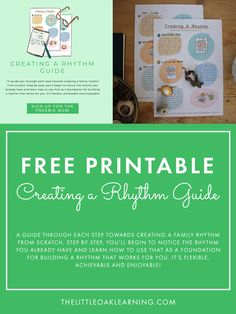
A Free Printable Guide by Little Oak
Rhythm looks unique for all of us, because every family is different. We don’t need to be striving for picture perfect moments, because raising children is messy and imperfect and unpredictable.
But rhythm can support you, like a friend. Rhythm can be there for you on those days when everything feels hard. I encourage you to find rhythm because I want you to feel supported, so that you have something to rely on and so that the day to day activities flow with ease.
Learn to feed your mind and body through rejuvenating blocks of time for sensory delights and pick me ups before the more demanding parts of your day with your children or work. Fortifying your mind and empowering your body for smooth transitions and less frustration is key to the goal of self regulation of our emotions.

FINDING RHYTHM IN YOUR DAILY FLOW
I like to think of a daily rhythm as a series of routines and tasks combined in a harmonious flow. Once it’s there, you let your day unfold around it, allowing your daily rhythm to carry you as you quickly move from task to task.
Rudolf Steiner, the founder of Waldorf education, spoke of rhythm as flowing with the breath. He said that the “right rhythm” is a balanced combination of activities where we breathe in or inhale and breathe out or exhale.
As a yoga instructor, I resonate with the idea that our daily routine should flow with our breath as we move from task to task. When we inhale, we immerse ourselves in internal or “being” activities. And when we exhale, we are primarily engaged in external or “doing” activities.
In other words, our daily rhythm should allow for both periods of expansion–-breathing out–where we relate to and take care of our external world with periods of –breathing in–where we refer to the inner world, or caring for ourselves with sensory delights and pick me ups through out or day..
The take-home is this. When you create your daily routine and weekly rhythm, you want to alternate between “being” and “doing.” In other words, follow expansive or energetic activities with relaxing activities and support these quiet periods with busyness.
HOW DOES FOLLOWING A “RIGHT RHYTHM” HELP?
Right rhythms can help you use to power of habit to change your life.
When you perform active high energy activities or passive low energy activities at a similar time each day, your body, mind, and spirit will all be prepared for the task at hand; whether it is taking the dog for a walk, doing chores, running errands, eating lunch, spending time outside in fresh air and sunshine, meeting with an important client, or going to bed for the night.
There is no need to alter being and doing with every small step that you take. The idea is not to spend too much time at either extreme. Make sure your day flows between “being” and “doing” by alternating relaxing self-nurturing activities such as meditation, yoga, arts and crafts, eating, and spending time in nature, with external high energy activities such as working out or competing to do’s, errands, and chores.
Over time creating systems with the “right rhythm” can develop good habits and a powerful daily routine because it will prepare your mind and body for the type of task you have planned for each moment of your day. This is how you choose to create the life of your dreams… One habit, system, or goal at a time.
The primary goal is to turn everything you do daily and weekly into a habit that you no longer have to think about executing.
When you no longer have to think about what you need to do next, you will efficiently complete your daily goals. This simple task can free up the space required to do the things you have always dreamed of fitting into your schedule!
When you create your daily rhythm and weekly routine, you are establishing one long daily and weekly system or habit. Take your time, and do your best not to get discouraged. It takes time and effort to establish new habits. Once your most important daily systems and routines become a daily habit, they will support you even on the most challenging days. You may not know what to do next, but your rhythm will.
Just stay calm and go with the flow. You’ll know when you have found your groove when you move smoothly through your day without having to look at what comes next or think about your next activity–this is true freedom!
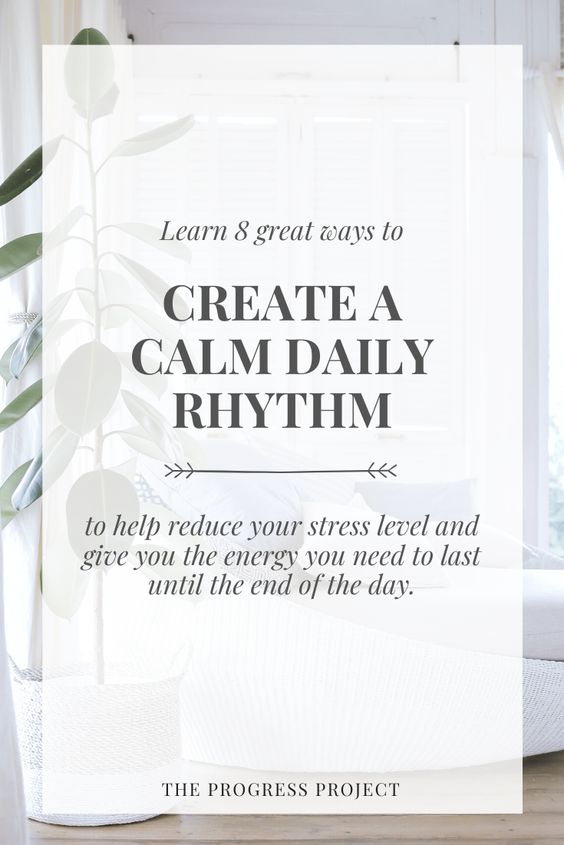
Podcast link
Tips for Creating a Calm Daily Rhythm — The Progress Project;
Wish your days felt a little more calm right now? Today’s episode is going to give you 8 simple ideas for creating a calm daily rhythm that will reduce your stress level and give you the energy you need to last until the end of the day.
You’ll learn:
How to discern which activities energize you vs which activities deplete you
The easy way to keep mornings and evenings calm for everyone in the family
How to structure your day in alignment with your mental and physical energy
A few tips to reset your day whenever you need it
One simple way to signal to yourself that you’ve got it together
… more
Family rhythms are just blocks of time that give way to harmony and humanity in the home. Think of them as a flow chart or a guide, not a schedule.
